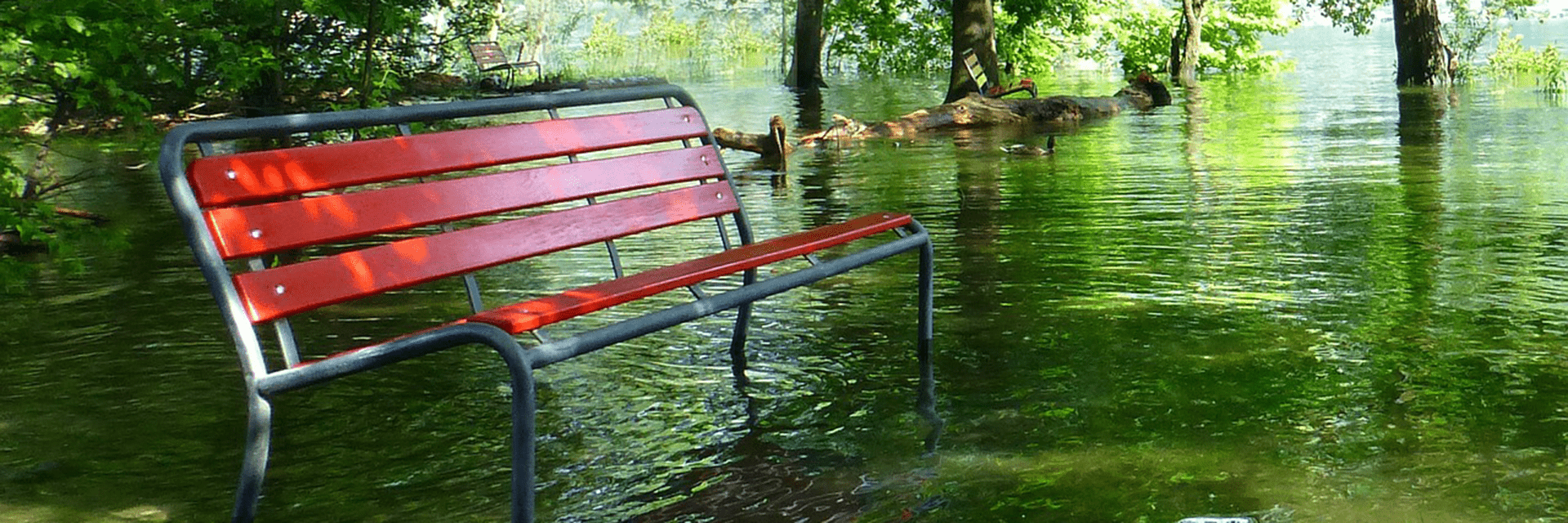What is climate resilience?
The ability to prepare for, recover from, and adapt to the impacts of a changing climate, including more frequent and severe weather, ocean warming and acidification, extended periods of drought and high temperatures, and other deleterious effects. Resilience is an essential component of any comprehensive climate action program because climate change is both a global and a hyper-local issue requiring resilience efforts at all scales to protect people, property, and the natural environment.
Adapted from the Center for Climate and Energy Solutions
Below, explore the different programs and partnerships University of Maryland is involved in to strengthen climate resilience.
Regulated Programs
1. Clean Water Act: National Pollutant Discharge Elimination System
With changing weather patterns resulting from climate change, the Washington, D.C. area is experiencing warmer weather than years past and more intense storm events. The resulting flow of stormwater may result in flooding, erosion and negatively affect surface water quality.
The University of Maryland-College Park (UMD) undertakes extensive measures to manage stormwater and part of that effort is within a regulatory program that aims to manage discharges from “Small Municipal Separate Storm Sewer Systems” (MS4). The MS4 permit requires that UMD implement the following Minimum Control Measures (MCMs):
2. Occupational Safety and Health Administration: Standards for Employers
The University of Maryland Heat Safety Program was developed to provide workers and their supervisors with the training and tools to help protect themselves from heat-related illnesses.
The program was prepared using criteria provided by the Occupational Safety and Health Administration (OSHA), National Institute for Occupational Safety and Health (NIOSH) and Maryland Occupational Safety and Health (MOSH).
Although currently there is not a specific OSHA standard for heat stress, employees are protected under the General Duty Clause. Additionally, MOSH Heat Stress Illness Prevention criteria, as well as guidance provided by OSHA, the Centers for Disease Control and Prevention (CDC), and the National Institute of Occupational Safety and Health (NIOSH) were included in the development of this program.
Voluntary Programs
- Best Management Practices (BMPs) are used on campus to mitigate polluted stormwater runoff entering waterways. Increasing pervious surfaces through the installation of rain gardens/bioretention cells, green roofs, and permeable pavement allows stormwater to percolate downwards into the soil, where it is naturally filtered before entering Campus Creek.
- Composting and Waste Minimization is an important component of reducing UMD's footprint by diverting as much waste as possible across campus with compost, recycle, and landfill waste bins throughout campus. In the 2024 Campus Race to Zero Waste, UMD placed 2nd in the Diversion category, representing the commitment towards reducing waste generation through behavior modification.
- Green Buildings take into account site sustainability, energy, water conservation, indoor environmental quality, and materials. There are currently 22 LEED-certified Silver or higher buildings on UMD's campus, and 1005 of new development is carbon neutral.
- Green Cleaning practices in academic buildings and residential dorms strive to minimize the negative impact of cleaning on the environment and human health through use of Green Seal certified products, more energy efficient equipment, and more durable cleaning materials that need to be replaced less often.
- Tree cover on campus aids in temperature regulation, provides habitat for wildlife and enhances the wellbeing of the community. In addition to replacing any trees lost to damage or age, the arboretum plants 100 new trees on campus per year. In addition, 91 acres of forested areas on campus have been designated as forest conservation areas, representing official permanent protection and preservation of natural land.
Regional Partnerships
- Baltimore Avenue Connected Communities Roundtable is an initiative of the Smart Cities Initiative (SCI) run collaboratively since 2017 by the National Center for Smart Growth (NCSG) and the College of Information Studies (iSchool). SCI's purpose is to serve as an institutional framework for research, education, and engagement in smart cities and urban analytics. This initiative focuses on applying smart cities technologies to critical community needs and opportunities in the greater College Park region, including Public Safety and Health, Smart Mobility, Environmental Sustainability, Digital Equity, and Economic Innovation.
- The Eastern Ecological Center performs research to inform natural resource decisions that preserve and enhance our quality of life. Science performed at the center includes measuring, modeling, and predicting the response of coastal wetlands to sea-level rise in the Chesapeake bay region and using pollinator DNA to assess the ecological resilience of grasslands.
- Good Neighbor Day is a collaborative partnership between the University of Maryland, the City of College Park, and The Maryland-National Capital Park and Planning Commission (M-NCPPC). It is an annual day of service each October and one of the service themes is Sustainability Initiatives, including stormwater drain painting, waterway cleanups, and raingarden installation.
- The Environmental Finance Center in the School of Architecture, Planning and Preservation is part of a national network that aims to assist public and private sectors through training, direct professional assistance, production of durable resources, and innovative policy ideas. EFC supports local climate mitigation and adaptation efforts by partnering with communities as they undertake comprehensive resilience planning, integrate climate considerations into their existing planning processes and programs, or pursue standalone resilience activities. In particular, EFC works to advance the understanding and implementation of effective resilience financing methods.
Coping with effects of climate change
Heat Safety
The number of people exposed to extreme heat is growing exponentially due to climate change across the globe. Because heat stress is the leading cause of weather-related deaths and can exacerbate underlying illnesses, it is important to protect yourself and each other from extreme temperatures and heatwaves. Be aware of symptoms that may indicate the onset of heat related illnesses. Follow the actions in the list below from the World Health Organization to protect yourself from heat stress or illness.
- Avoid doing strenuous activity outdoors during the hottest periods of the day
- Stay in the shade as much as possible
- Be informed about official heat warnings
- Close blinds indoors to block sunlight from warming your home
- Opt for loose breathable clothing and bedding, such as those made from cotton
- Take cool showers
- Stay hydrated by drinking at least 1 cup of water per hour
- Never keep children or animals in parked vehicles
Because your body's ability to cool itself is compromised during hot and humid weather, excessive fluid loss and sweating can cause a heat-related illness. It is important to familiarize yourself with the symptoms and treatment for heat exhaustion and heat stroke, to keep yourself and others safe from these preventable illnesses.
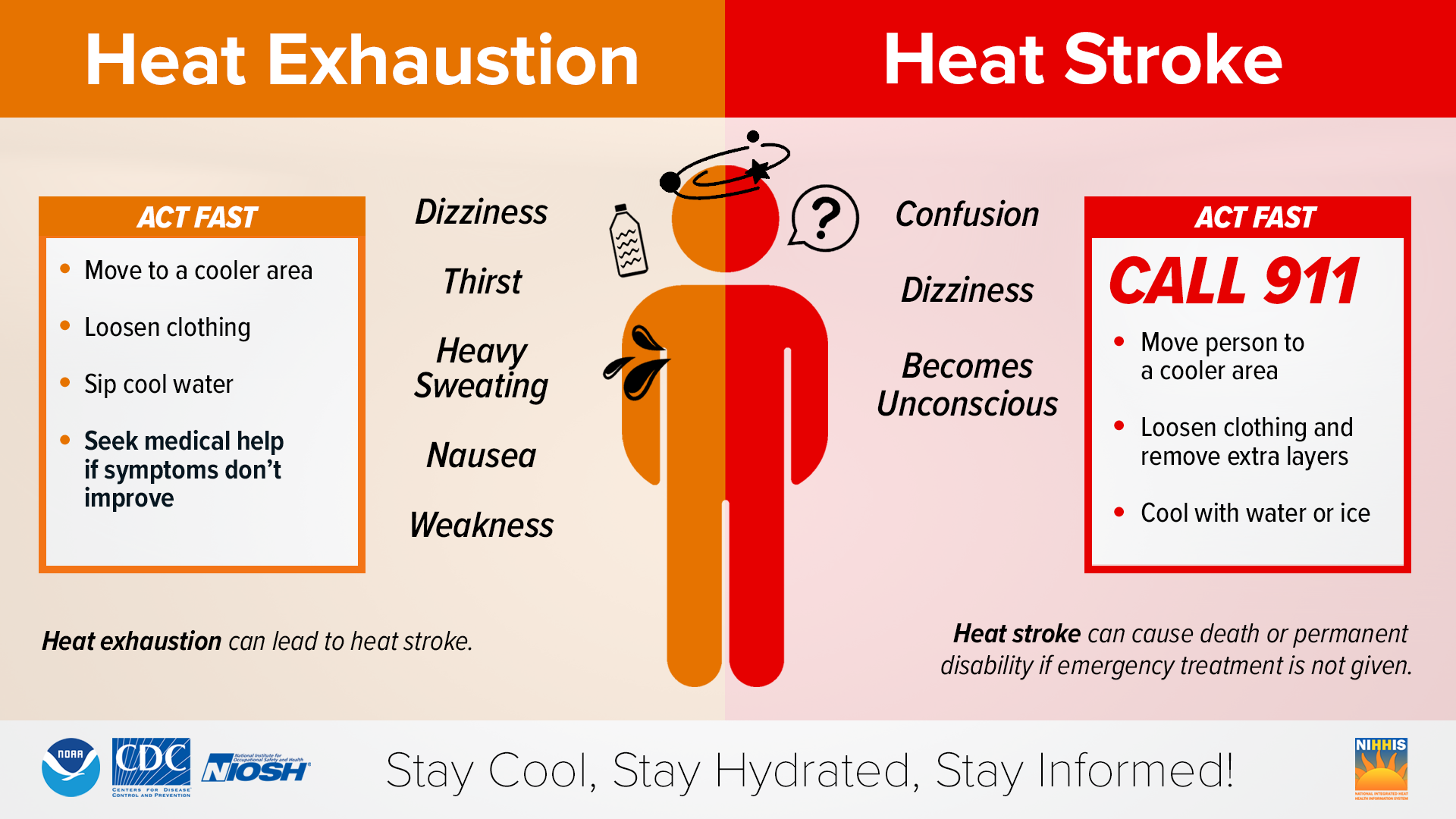
The OSHA-NIOSH Heat Safety Tool App is a useful resource for planning outdoor work activities based on how hot it feels throughout the day. It has a real-time heat index and hourly forecasts specific to your location. It also provides occupational safety and health recommendations from the Occupational Safety and Health Administration (OSHA) and the National Institute for Occupational Safety and Health (NIOSH).
Take advantage of UMD's amenities shown below to cope with high temperatures, and familiarize yourself with UMD's Heat Safety Program.
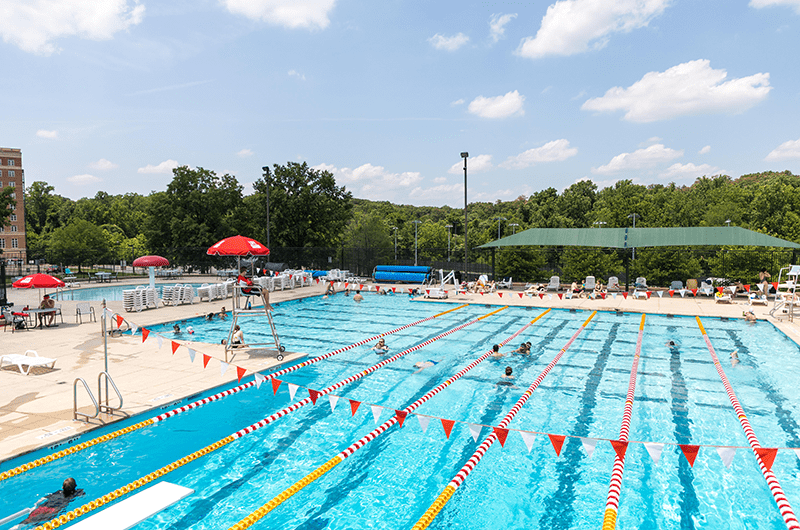
Outdoor Aquatic Center
Recwell's Outdoor Aquatic Center is a great place to be active while staying cool during the warm summer months.
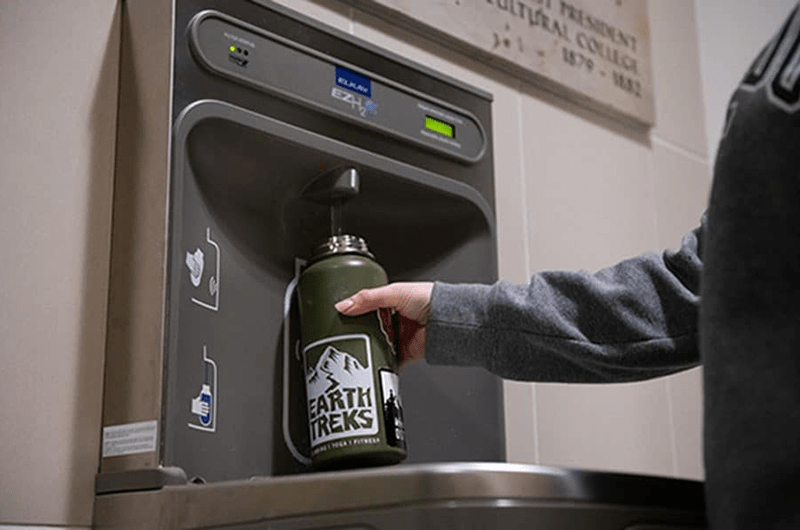
Water bottle refilling stations
Visit one of the over 100 reusable water bottle filling stations on campus to stay hydrated all summer long.
Solar energy powered cooling center debuts at UMD
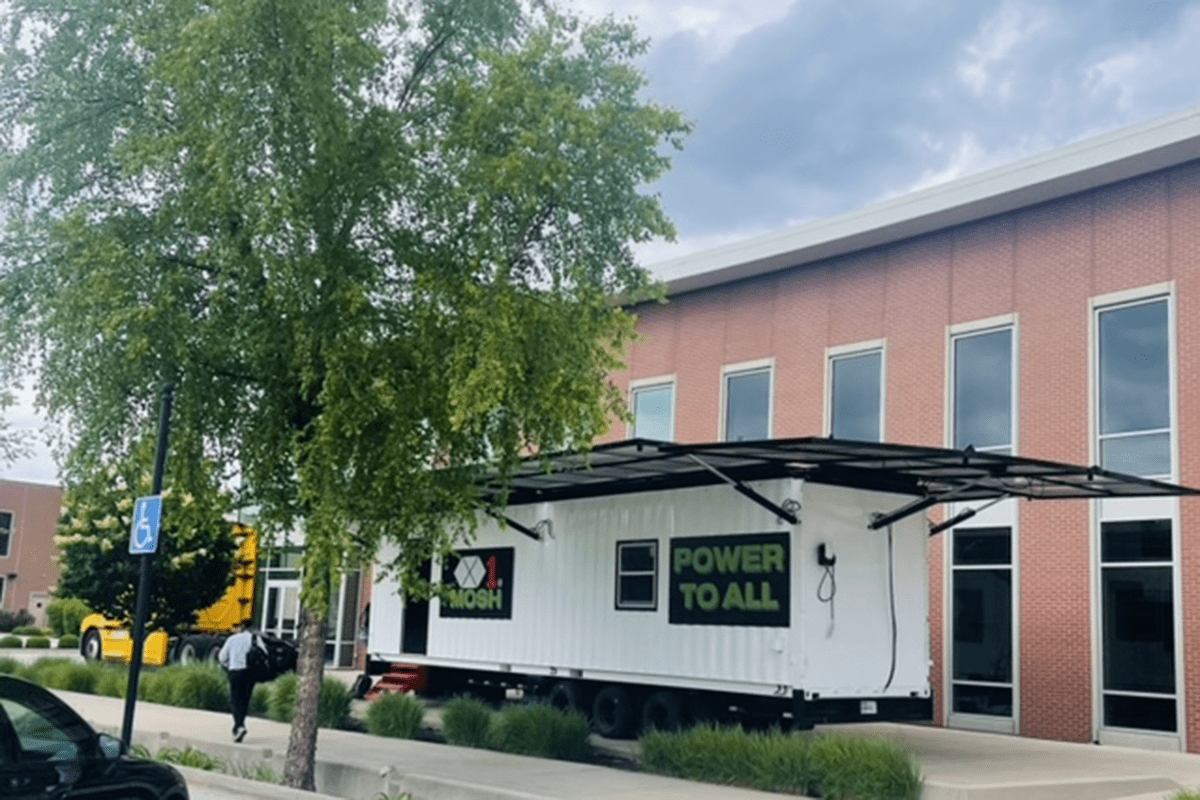
UMD is the first school in the country using MOSH Arctic, a mobile, solar-powered cooling center that rapidly lowers student athletes' body temperatures during sweltering summer practices. The Mobile, Off Grid Solar Harvester (MOSH-1) is a retrofitted shipping container that produces over 20,000 watts of clean energy to cool the interior down to 40°F. A portion of the MOSH Arctic sales will go to the Jordan McNair Foundation, which works to promote awareness of heat-related illnesses in student athletes. MOSH units can also be used to provide sustainably powered generators, mobile clinics, control centers, and EV charging stations in remote areas.
Disaster Planning
Climate change has exacerbated the intensity, frequency, and extent of extreme weather events including floods, fires, drought, and hurricanes. Emergency management is crucial in strengthening our adaptive capacity to climate change effects through identifying risks and reducing vulnerabilities. A strong disaster planning, mitigation, and recovery strategy is key for protecting public health, conserving land, waters, and biodiversity, addressing environmental injustice, and propelling economic growth.
Executive Order 14008, Tackling the Climate Crisis at Home and Abroad, lays out a vision for how the Federal government can address climate change while cresting economic opportunity. The Department of Housing and Urban Development has laid out some avenues that grants for disaster recovery provided by the Executive Order may be used for resilience efforts.
| Extreme Weather Event | Examples of Climate Resilience |
|---|---|
| Sea Level Rise & Flooding | Create buyout programs to acquire properties in high-risk areas and provide assistance to relocate residents or businesses to lower-risk areas. Funds can also be used to elevate structures. |
| Severe Storms | Use building materials that are wind-resistant including installing shutters, hurricane glass, concrete cores, and reinforcing roofs. |
| Heat Stress | Reduce the urban heat island effect by adopting cool roofs through building and energy ordinances. Examples include reflective roofs, vegetated roofs, permeable pavements, and shaded trees. |
| Wild Fire Risk | Use fire-resistant building materials and prioritize low-and moderateincome persons when constructing, reconstructing, or rehabilitating buildings in the impacted areas. |
Climate change impacts disproportionately effect low-income communities and communities of color, who are already disadvantaged by historic discrimination and divestment. Reducing inequalities to stabilize communities and economies is an important aspect of sustainability and climate justice. The facts below from the United Nations
Department of Economic and Social Affairs reflect the progress that must still be made to achieve equal, just, and resilient societies.
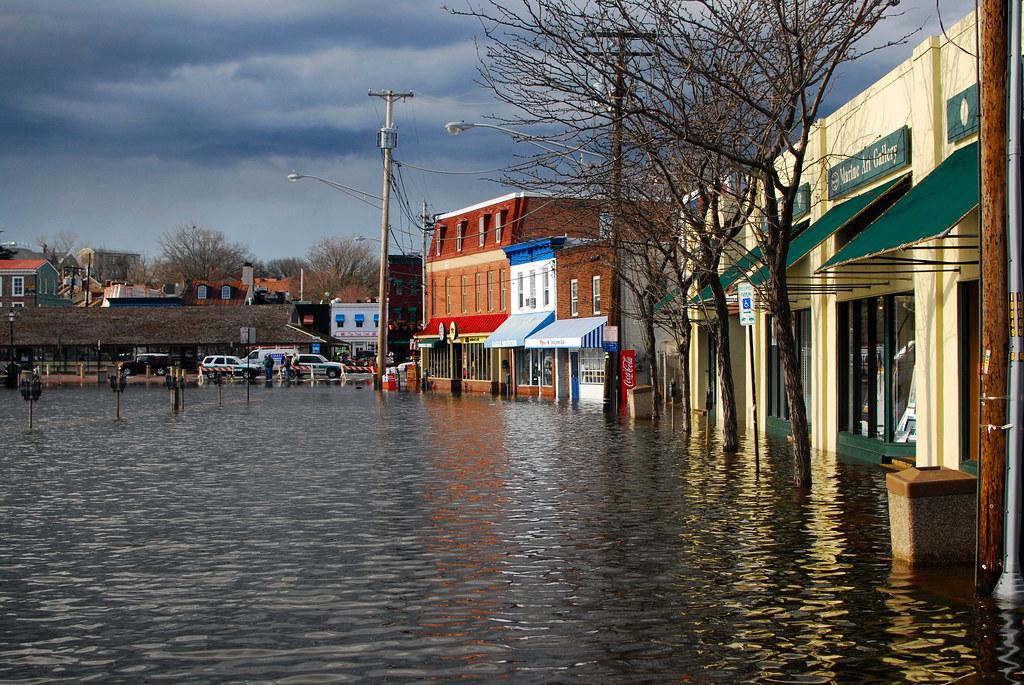
See the Natural Disaster and Severe Weather information provided by the U.S. Centers for Disease Control and Prevention (CDC).
Also view UMD's Emergency Preparedness Guides provided by the Office of Emergency Management & Business Continuity to Be UMD Ready.
To learn more about how disaster risk relates to the the 25 SDGs with targets related to disaster risk from the United Nations Office for Disaster Risk Reduction.

